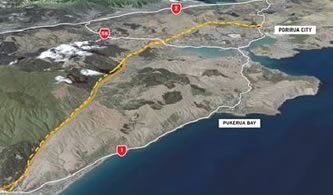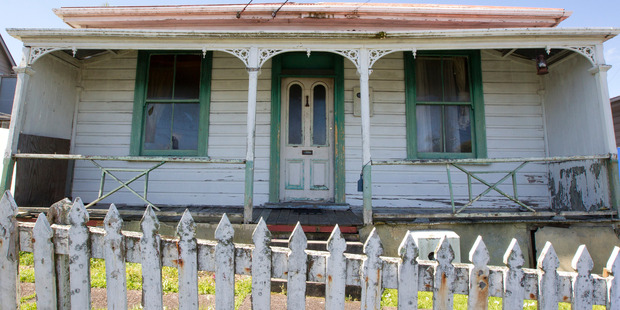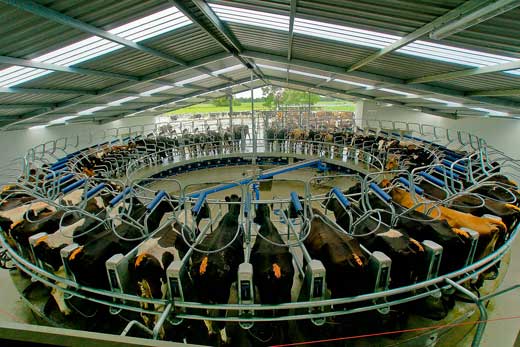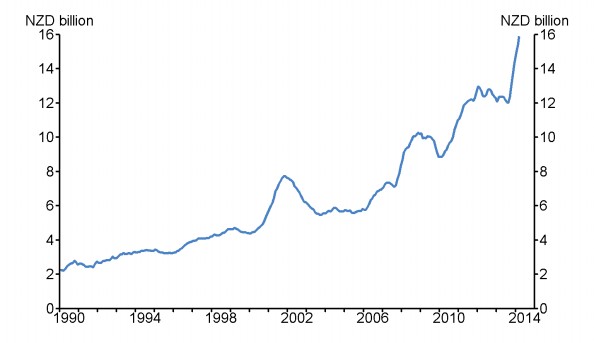 Here is our 8 Nov 2014 letter to the Governor of the Reserve Bank of New Zealand on money creation and their reply. It is encouraging to think that they are contemplating producing a video explaining how money is created in New Zealand and we await it with interest. Hopefully it will start to make an effect on the media and will start to change their erroneous and misleading reports that the banks are only intermediaries. The public owns the Reserve Bank of NZ and we deserve to have the truth. Moreover they have an obligation to train the media on the topic of money creation and to correct any wrong impressions that are given by any media. The public is not stupid. More and more people are starting to understand that the bulk of the money in the country is created by private banks as credit and are starting to ask whey private banks should have this unique privilege.
Here is our 8 Nov 2014 letter to the Governor of the Reserve Bank of New Zealand on money creation and their reply. It is encouraging to think that they are contemplating producing a video explaining how money is created in New Zealand and we await it with interest. Hopefully it will start to make an effect on the media and will start to change their erroneous and misleading reports that the banks are only intermediaries. The public owns the Reserve Bank of NZ and we deserve to have the truth. Moreover they have an obligation to train the media on the topic of money creation and to correct any wrong impressions that are given by any media. The public is not stupid. More and more people are starting to understand that the bulk of the money in the country is created by private banks as credit and are starting to ask whey private banks should have this unique privilege.
We also note in their reply they didn’t challenge our statement about over 98% of the money supply being created by private banks.
The Governor
Reserve Bank of New Zealand
PO Box 2498
Wellington 6140
Dear Sir,
Re What is Money video
You posted your animated video What is Money? at http://www.rbnz.govt.nz/research_and_publications/videos/whatismoney.aspx
We have some questions to ask you:
1. Why don’t you tell the truth about money creation to the public of New Zealand? You give the impression that the Reserve Bank issues all of it – not just coins, notes. It makes no mention of the fact that over 98% of our money is created by banks as credit. It tells us that notes and coins are backed by the government, but fails to mention that bank credit is backed by government too. It omits any mention of bank credit, a major flaw in the whole video.
2. Are you aware that economists from the IMF have recently published papers on money creation, (see Michael Kumhof and Jaromir Benes https://www.imf.org/external/pubs/ft/wp/2012/wp12202.pdf)? The Bank of England’s Michael McLeay, Amar Radia and Ryland Thomas have also published papers and released videos (see http://www.bankofengland.co.uk/publications/Pages/quarterlybulletin/2014/qb14q1.aspx) Both of them tell the truth to the public that the bulk of money comes from interest bearing debt created by banks.
3. Will you now do a video as a real contribution to Money Week, telling the public the truth?
4. Are you aware that the UK Parliament will have a three hour debate on money creation on November 20th? See http://www.positivemoney.org/2014/11/uk-parliament-debate-money-creation-first-time-170-years/
Yours sincerely
Deirdre Kent and Phil Stevens
New Economics Party
And here is the reply on email 9 December 2014:
Dear Ms Kent and Mr Stevens
Re What is Money video
Thank you for your interest in the animated video What is Money? that we published recently on our website, and thank you again for following up on the lack of response to your letter.
In response to your specific questions:
1. As implied by the title, the video explains what money is and as you’ve clearly identified it does not attempt to explain money creation. I note that the video is not titled “Where does money come from?”
2. Yes, the Reserve Bank is aware of papers from the IMF and the Bank of England and the associated video. Indeed, we’ve published similar material ourselves here:www.rbnz.govt.nz/research_and_publications/reserve_bank_bulletin/2008/2008mar71_1lawrence.pdf
3. We are currently planning our multimedia and web content for the next year and we may indeed create a video that covers money creation. As you’re not doubt aware, it is a popular topic and the paper referred to above is unlikely to be as accessible as a video presentation.
4. Yes, the Reserve Bank is aware of the UK Parliamentary debate. The Hansard record is here: http://www.publications.parliament.uk/pa/cm201415/cmhansrd/cm141120/debtext/141120-0001.htm#14112048000001
Regards
Deirdre Hanlon
Knowledge Advisor
RBNZ
We urge you to write to the Reserve Bank to ask them to create and publicise this video on money creation and to take responsibility for educating the media on the topic of money creation. Either a hard copy letter to the Governor, RBNZ, PO Box 2498, Wellington 6140 or send an email rbnz-info@rbnz.govt.nz to them.






